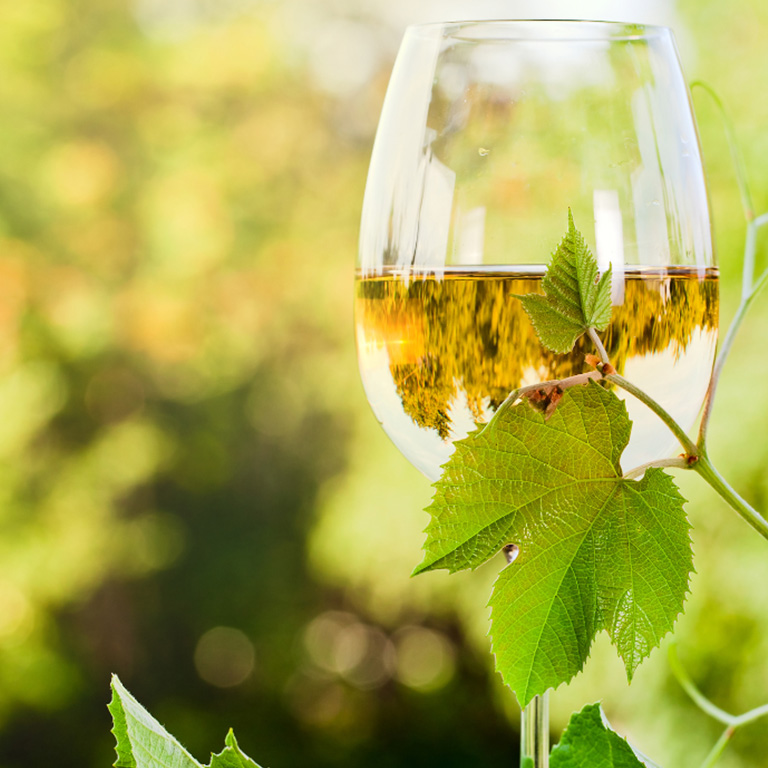Red as autumn leaves
MAREMMA WINE
From the whites of the island of Giglio to the reds of the mainland Maremma (with their dark fruit flavours and spicy, herbaceous and sometimes floral aromas)
Known for its diverse landscapes ranging from sandy beaches to lush hills and plains, the Maremma has a Mediterranean climate, characterised by hot, dry summers and mild, wet winters. The combination of geography, climate and soil types makes this area an ideal place for growing vines and is home to several varieties of grapes, both native and international.
The main grape variety of the Maremma is the black berry Sangiovese, the most widely cultivated in Italy and the symbol of Tuscan viticulture, but above all used for the well-known Morellino di Scansano, which achieved Denominazione di Origine Controllata status in 1978, and Denominazione di Origine Controllata e Garantita status in 2006. The wine is an intense ruby colour, with a fruity aroma, a dry flavour, good body, and a slightly bitter aftertaste.
The name of this wine most likely derives from the ‘morelli’ horses that were used to pull carriages in Scansano. Archaeological excavations testify to the presence in the area of an important wine production already in Etruscan times and further developed later in Roman times.

Among the black grape varieties typical of the Grossetano area is Ciliegiolo. Tradition has it that it was introduced to Italy by pilgrims returning from the Sanctuary of St James of Compostela in Spain. The name of this vine is due to the grape’s characteristic cherry colour, which, in a certain sense, is also reflected in the aroma, reminiscent of the pleasant notes of this fruit. The wine is ruby red in colour with cherry undertones, full-bodied, with warm, soft tones; the aroma is fruity, with notes of small red fruits, sometimes with hints of spices, especially if the wine is aged.
Wines that deserve special attention include Kasher, with IGT denomination, produced in Pitigliano, also called Little Jerusalem. Its vinification process, which coincides with the beginning of a sacred procedure, takes place under the direct control of the chief rabbi, who, at the end of each phase, seals the containers that are used instead of barrels.
The seal is thus a guarantee, proof that each handling has taken place according to what the Torah says. This applies to all the steps until the wine enters the bottle.






